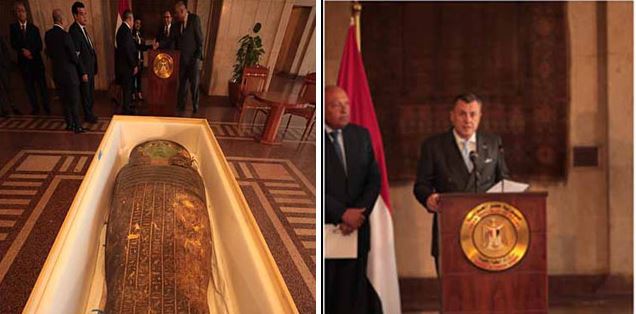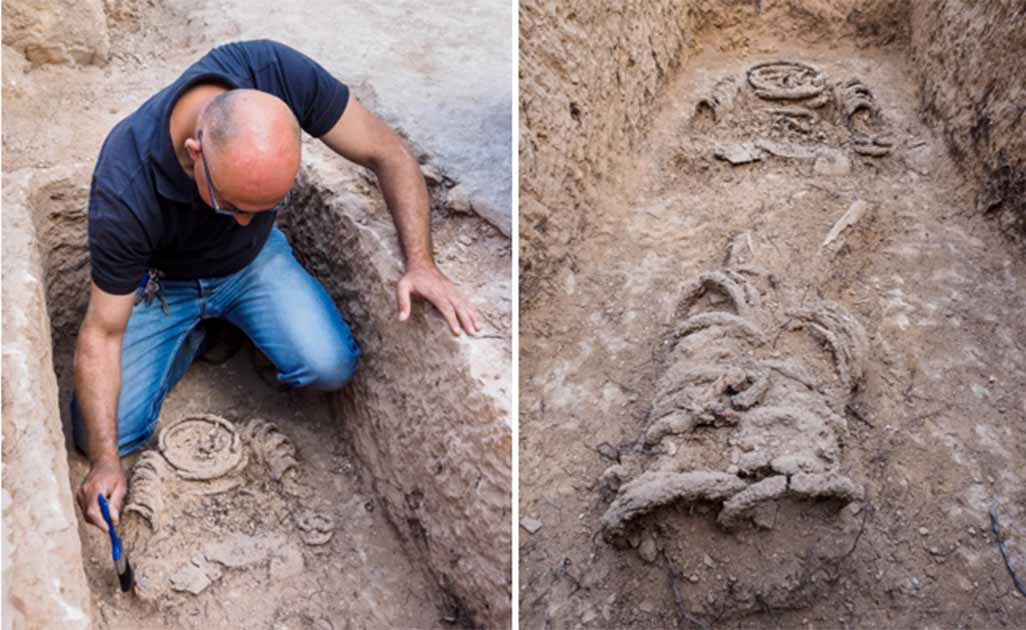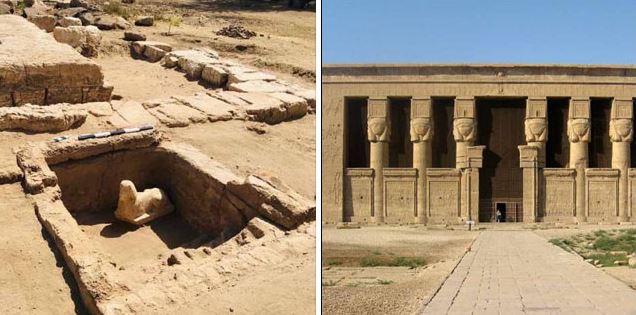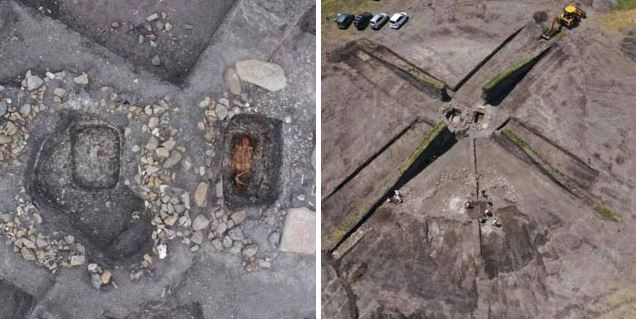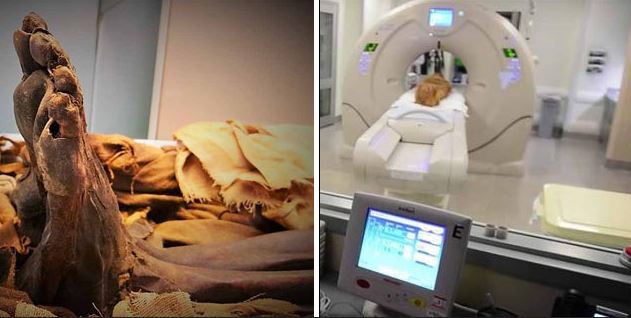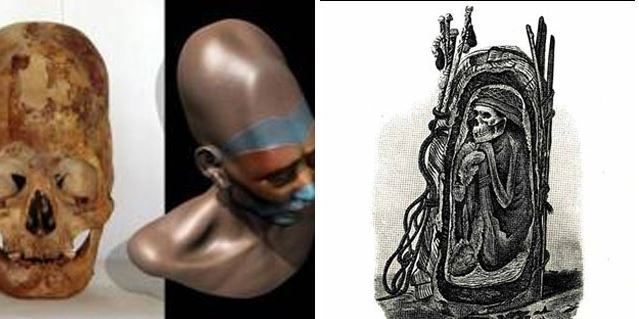Paleontologists led by Dr Pascal Godefroit from the Royal Belgian Institute of Natural Sciences have identified a new species of ichthyosaur from a well-preserved fossil found in the Kurdistan region of Iraq.

Malawania anachronus, the Jurassic-style Cretaceous ichthyosaur from Iraq (Robert Nicholls, www.paleocreations.com / C. M. Kosemen, www.cmkosemen.com)
Ichthyosaurs are dolphin-like marine reptiles known from hundreds of fossils from the time of the dinosaurs.
“They ranged in size from less than one to over 20 m (65 feet) in length. All gave birth to live young at sea, and some were fast-swimming, deep-diving animals with enormous eyeballs and a so-called warm-blooded physiology,” explained Dr Valentin Fischer of the University of Liege in Belgium, first author of a paper published in the journal Biology Letters.
Until recently, it was thought that ichthyosaurs declined gradually in diversity through multiple extinction events during the Jurassic period. These successive events were thought to have killed off all ichthyosaurs except those strongly adapted for fast-swimming life in the open ocean. Due to this pattern, it has been assumed that ichthyosaurs were constantly and rapidly evolving to be ever-faster open-water swimmers; seemingly, there was no stasis in their long evolutionary history.
However, an entirely new ichthyosaur species from Iraq substantially alters this view of the group.
The specimen concerned was found during the 1950s by British petroleum geologists.
“The fossil – a well-preserved partial skeleton that consists of much of the front half of the animal – wasn’t exactly being treated with the respect it deserves. Preserved within a large, flat slab of rock, it was being used as a stepping stone on a mule track. Luckily, the geologists realized its potential importance and took it back to the UK, where it remains today,” said co-author Dr Darren Naish from the University of Southampton.
Study of the specimen began during the 1970s with ichthyosaur expert Robert Appleby, then of University College, Cardiff.

“Robert Appleby recognized that the specimen was significant, but unfortunately died before resolving the precise age of the fossil, which he realized was critical,” said Dr Jeff Liston of National Museums Scotland. “So continuation of the study fell to a new generation of researchers.”
In the new study, researchers name it Malawania anachronus, which means ‘out of time swimmer’.
Despite being Cretaceous in age, Malawania represents the last-known member of a kind of ichthyosaur long believed to have gone extinct during the Early Jurassic, more than 66 million years earlier.

Specimen of Malawania anachronus (Valentin Fischer et al)
Remarkably, this kind of archaic ichthyosaur appears characterized by an evolutionary stasis: they seem not to have changed much between the Early Jurassic and the Cretaceous, a very rare feat in the evolution of marine reptiles.
“Malawania‘s discovery is similar to that of the coelacanth in the 1930s: it represents an animal that seems ‘out of time’ for its age. This ‘living fossil’ of its time demonstrates the existence of a lineage that we had never even imagined. Maybe the existence of such Jurassic-style ichthyosaurs in the Cretaceous has been missed because they always lived in the Middle-East, a region that has previously yielded only a single, very fragmentary ichthyosaur fossil,” Dr Fischer concluded.
Source: sci.news




